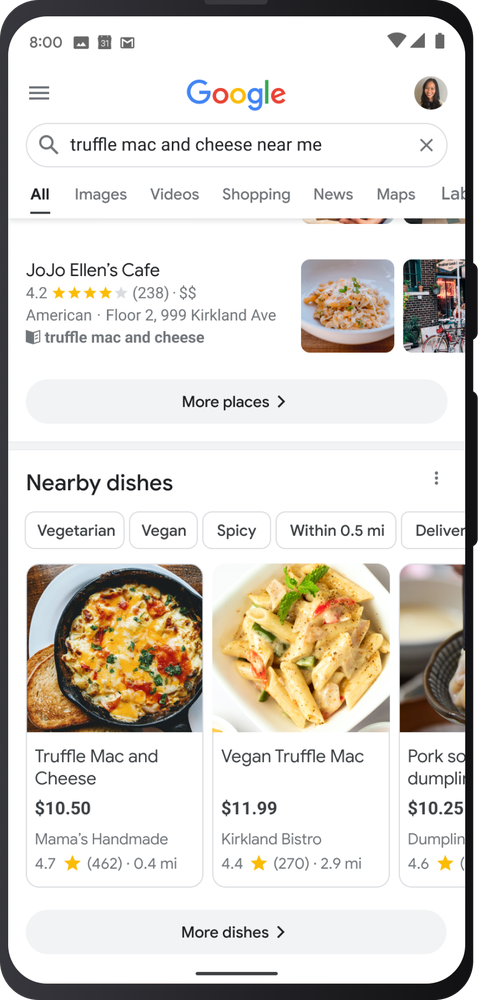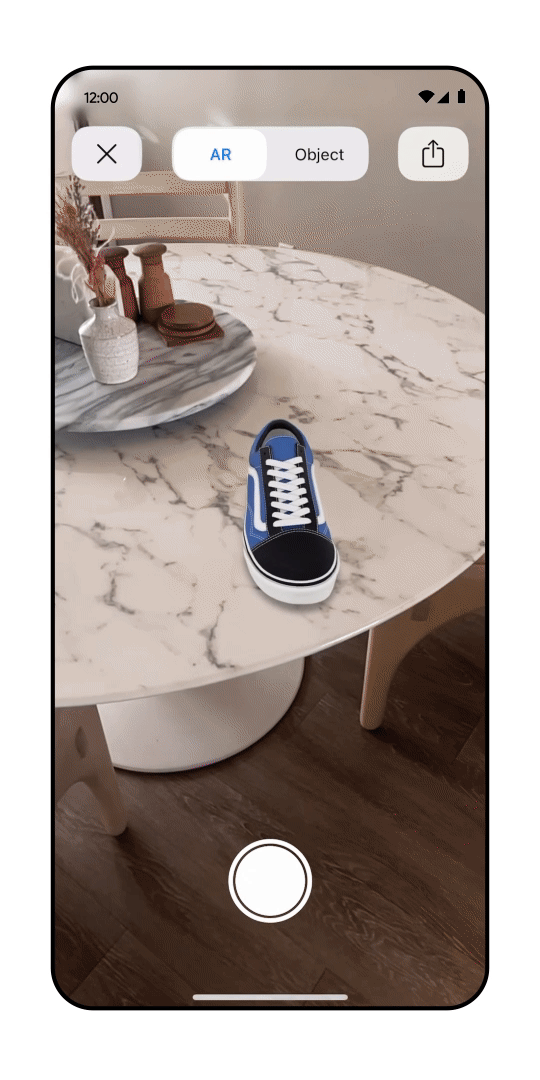If you’re still unclear on how Google thinks about marketing agencies that offer negative SEO linkbuilding services or link disavowal services, the latest comments from John Mueller should help clarify the company’s stance.
In a conversation that popped up on Twitter between Mueller and several marketing experts, Mueller clearly and definitively slammed companies offering these types of services by saying that they are “just making stuff up and cashing in from those who don’t know better.”
This is particularly notable as some have accused Google of being unclear on their handling of link disavowal using their tools
The post that started it all came from Twitter user @RyanJones who said, “I’m still shocked at how many seos regularly disavow links. Why? Unless you spammed them or have a manual action you’re probably doing more harm than good.”
In response, one user began talking about negative SEO which caught the attention of Mueller. The user mentioned that “agencies know what kind of links hurt the website because they have been doing this for a long time. It’s only hard to down for very trusted sites. Even some agencies provide a money back guarantee as well. They will provide you examples as well with proper insights.”
In response, Mueller gave what is possibly his clearest statement on this type of “service” yet:
“That’s all made up & irrelevant. These agencies (both those creating, and those disavowing) are just making stuff up, and cashing in from those who don’t know better.”
Instead of spending time and effort on any of this, Mueller instead recommended something simple:
“Don’t waste your time on it; do things that build up your site instead.”







